A Journey Worth Taking
Trails in the Sky follows Estelle and Joshua Bright, adoptive siblings training to become Bracers—peacekeepers who protect civilians across the continent. What starts as simple fetch quests and monster-slaying gradually evolves into a conspiracy that threatens the entire kingdom. If you’re expecting explosive action from the jump, though, you’ll be disappointed. This is a slow burn in the truest sense, spending its first 20+ hours establishing its world, characters, and political landscape before the real drama kicks in.
Here’s the thing: that slow pace is actually the game’s secret weapon. By the time the plot finally accelerates in the final third, I was so invested in Liberl and its people that every twist hit twice as hard. The game ends on one of the most jaw-dropping cliffhangers I’ve experienced in years, immediately making me want to jump into the sequel. It’s patient storytelling done right, even if it requires patience from players in return.
Characters That Shine
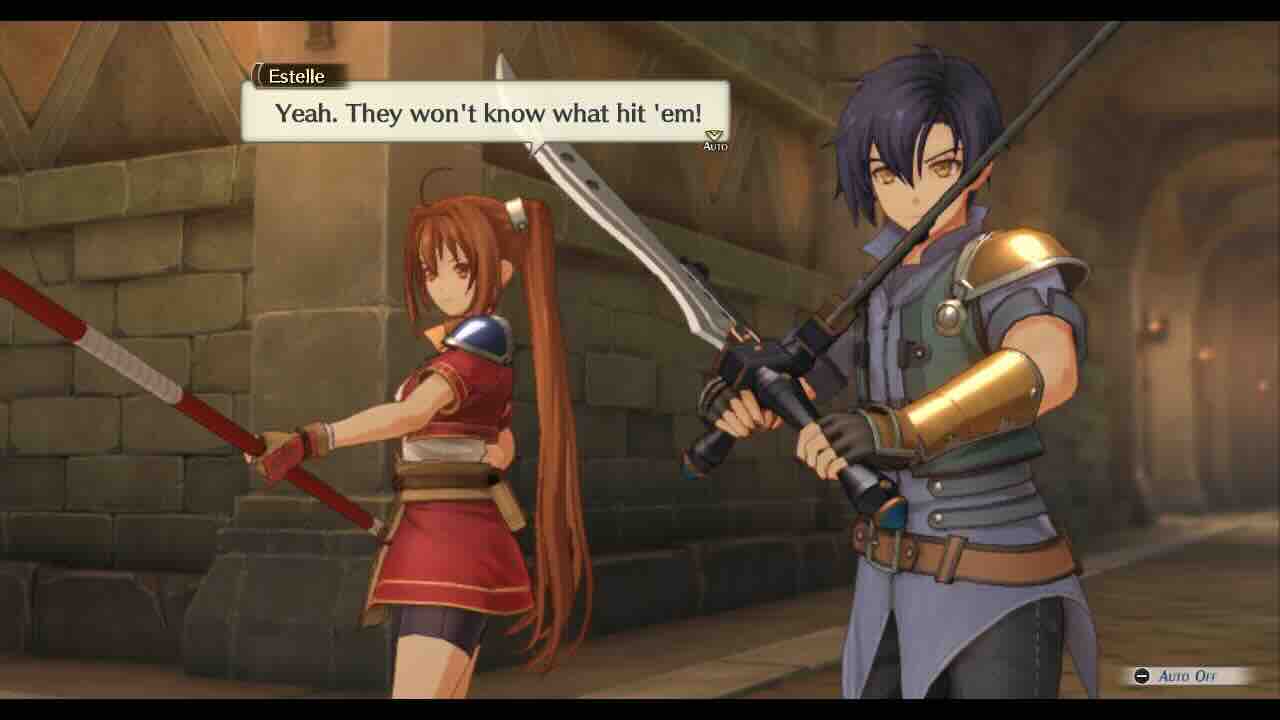
The real heart of Trails in the Sky is the dynamic between Estelle and Joshua. Estelle is pure sunshine—impulsive, optimistic, and fiercely loyal, but never annoyingly naive. She’s refreshingly different from typical JRPG protagonists, and her growth from eager rookie to capable Bracer is genuinely compelling.
Joshua serves as her perfect counterpart: calm, calculated, and hiding a mysterious past that adds tension throughout. Their banter is witty and natural, and their relationship feels earned rather than forced. In a game that demands you spend dozens of hours talking to NPCs and investigating small-town problems, having protagonists this likable makes all the difference.

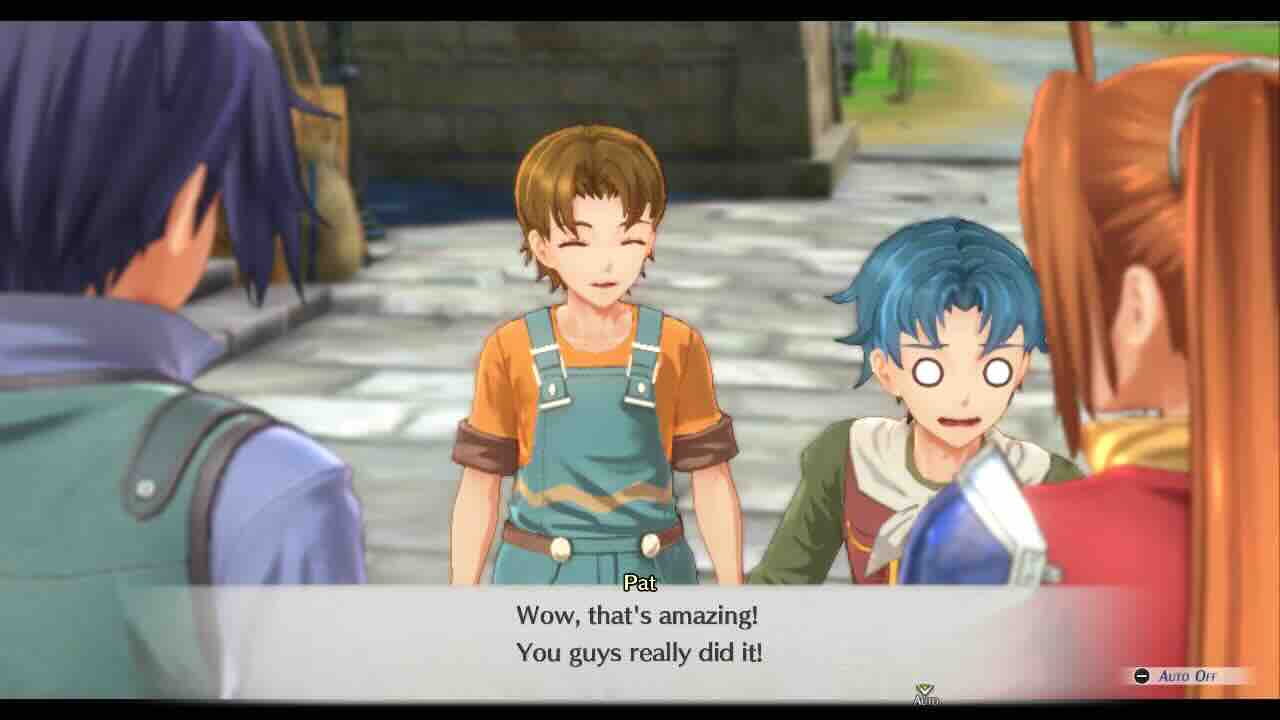
The supporting cast is equally well-written. Every NPC feels like they have their own life and story, with dialogue that updates as events unfold. It’s the kind of meticulous world-building that makes you actually want to talk to everyone, rather than treating it as a chore.
Combat That Demands Strategy
Combat in Trails in the Sky strikes an excellent balance between accessibility and depth. The Action Time (AT) battle system determines turn order, while positioning matters for area-of-effect attacks and special moves. The remake smartly borrows ideas from later entries in the series—stunning enemies before combat grants you a pre-emptive strike advantage, while the assist system (complete with a Bravery Gauge) lets party members team up for devastating combo attacks.
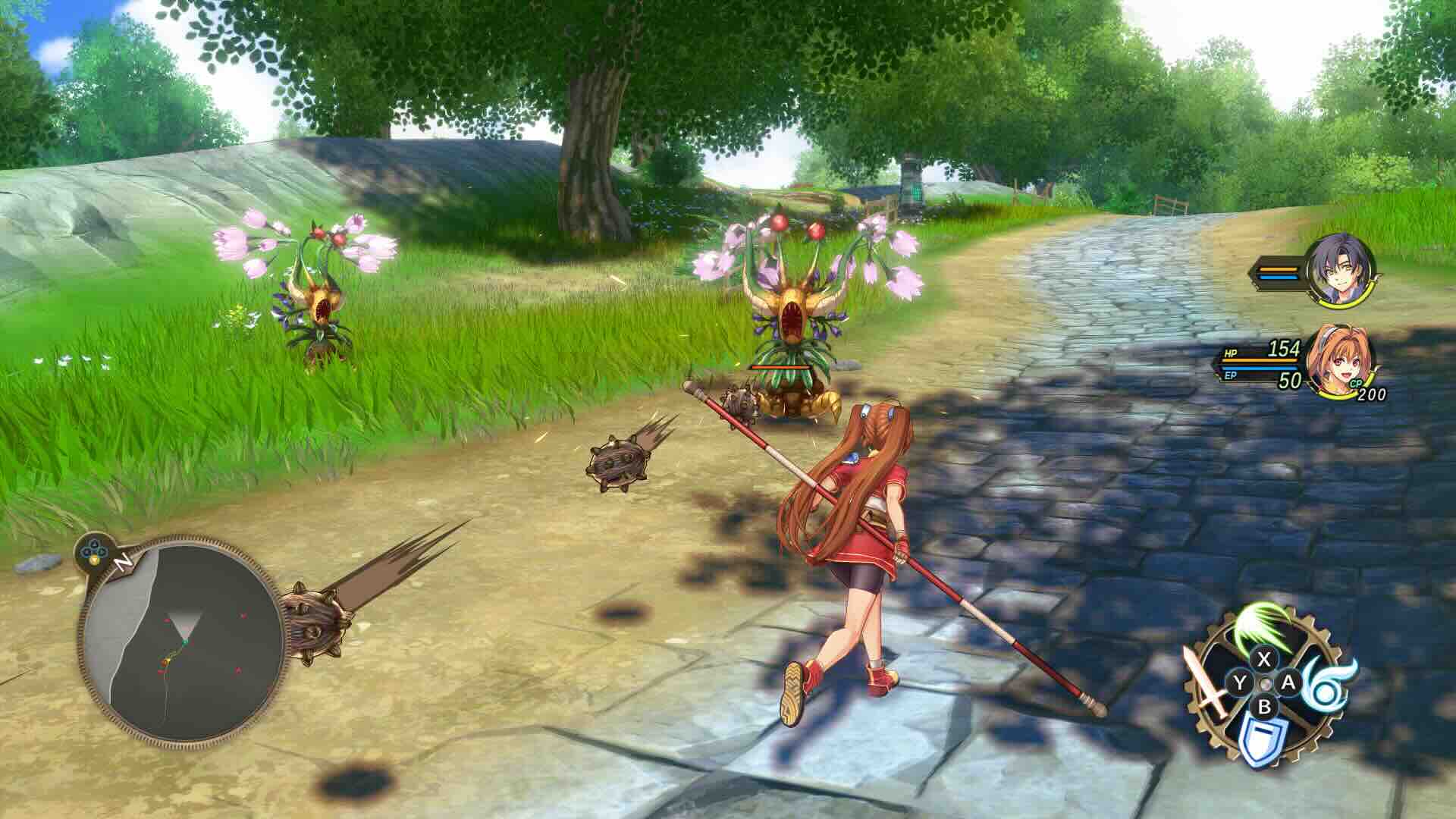
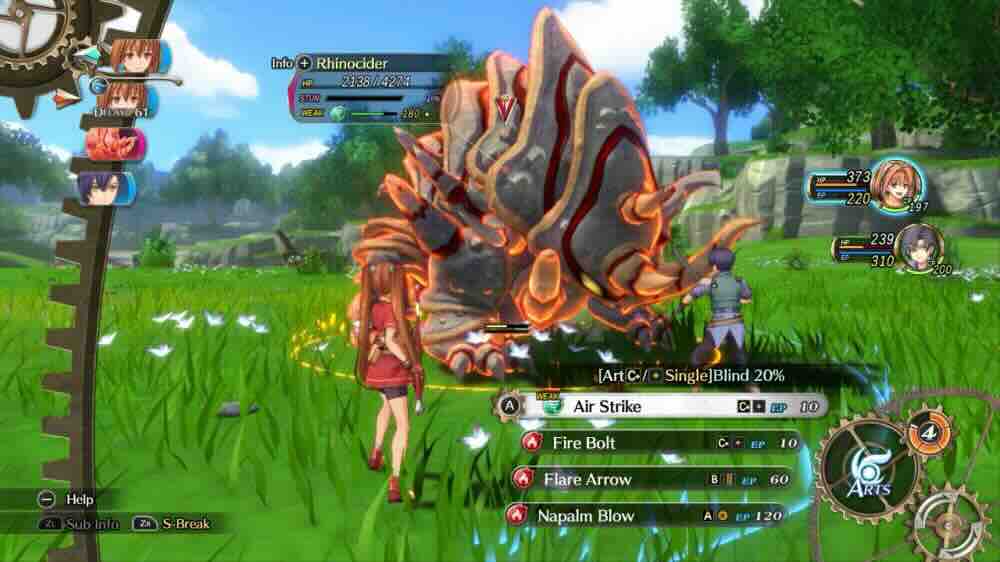
The AT Bonus system adds a compelling layer of strategy. Critical turns on the timeline offer bonuses like guaranteed critical hits or instant spell casting, encouraging you to manipulate turn order to capitalize on these advantages. I constantly found myself prioritizing targets or delaying actions to secure these powerful buffs, and it never got old.
The Orbment System: Customization Paradise
The Orbment system is where Trails really flexes its mechanical depth. These magical devices let you slot elemental Quartz that grant stat bonuses and unlock spells (called Arts). But here’s the catch: Sepith—the currency you need—is used for both crafting Quartz and unlocking additional Orbment slots. Every decision feels meaningful because resources are finite.
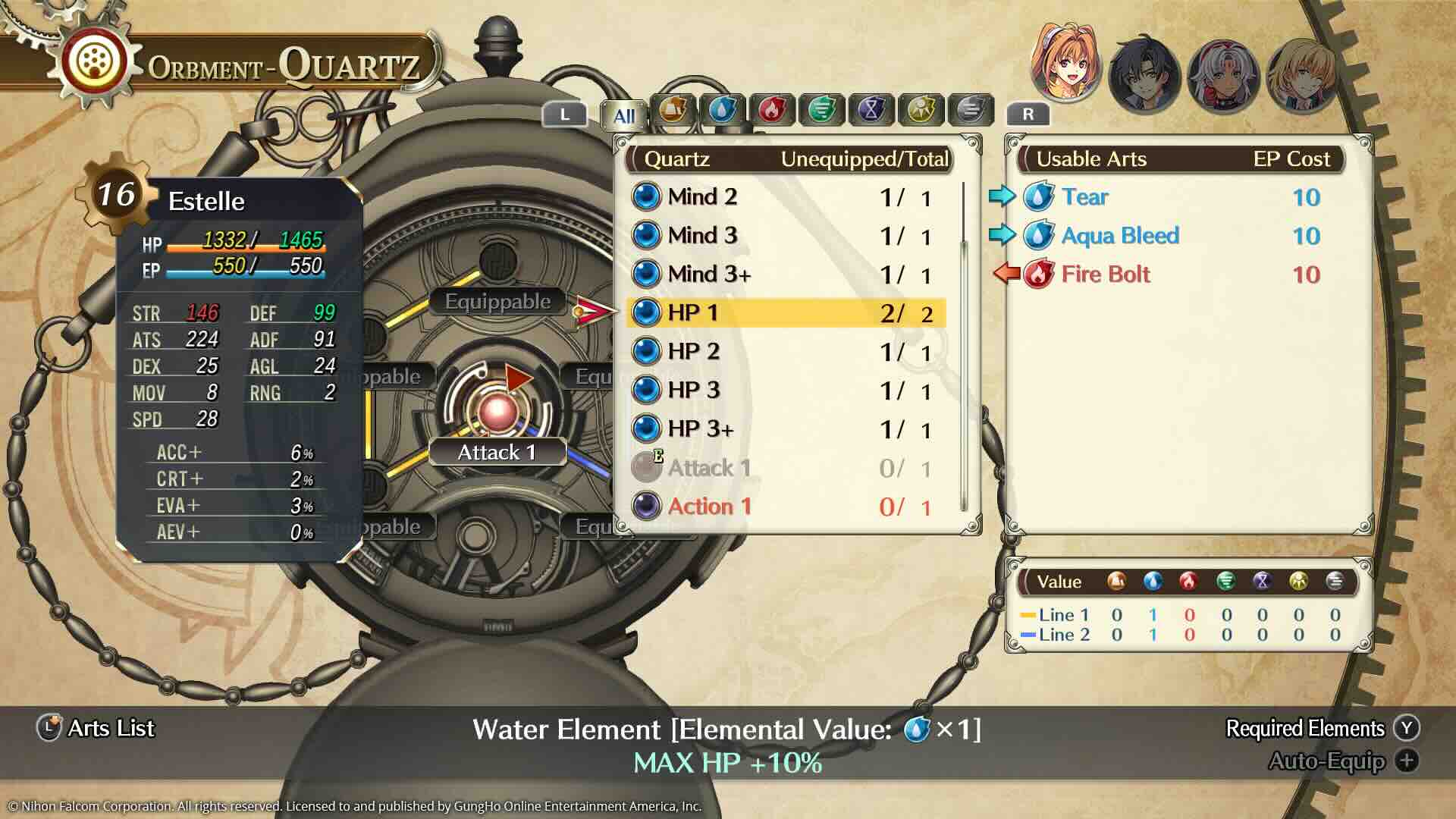
Do you unlock that expensive slot to boost your healer’s EP pool, or craft the Fire Quartz you need for a crucial spell? These choices extend far beyond individual battles, creating a strategic puzzle that rewards planning and experimentation. It’s as complex as any skill tree system out there, and mastering it feels incredibly satisfying.
Quality of Life That Matters
The Switch version runs flawlessly. I never encountered frame drops or technical issues during my entire playthrough, and load times were not annoying. The UI is clean and perfectly suited for handheld play, making this feel like a natural fit for Switch.
Turbo Mode is a godsend for a game this long. Speeding through travel and minor encounters saves countless hours of tedium. My only complaint? The two-button activation (R + ZL/ZR) is unnecessarily clunky compared to later Trails games that use a single button. It’s a small frustration, but when you’re using it constantly, it adds up.
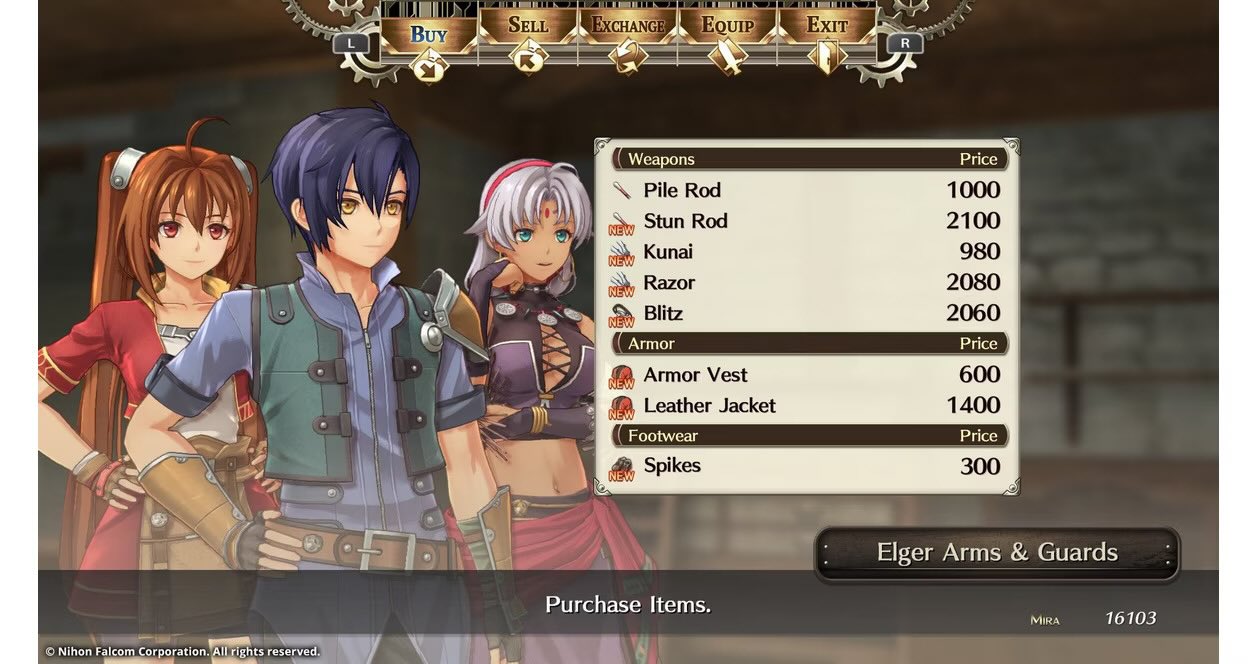
The best improvement is automatic inventory management for temporary party members. The original forced you to manually unequip characters before they left your party, which was a massive pain. Now everything returns to your inventory automatically. It’s a small touch that eliminates annoying busywork and lets you focus on strategy.
A Visual Glow-Up
The remake’s 3D visual overhaul is stunning. Gone are the original’s 2D sprites, replaced with a vibrant, contemporary art style that perfectly captures Liberl’s peaceful atmosphere. The game looks timeless rather than dated, proving that stylized visuals supercede photorealism.

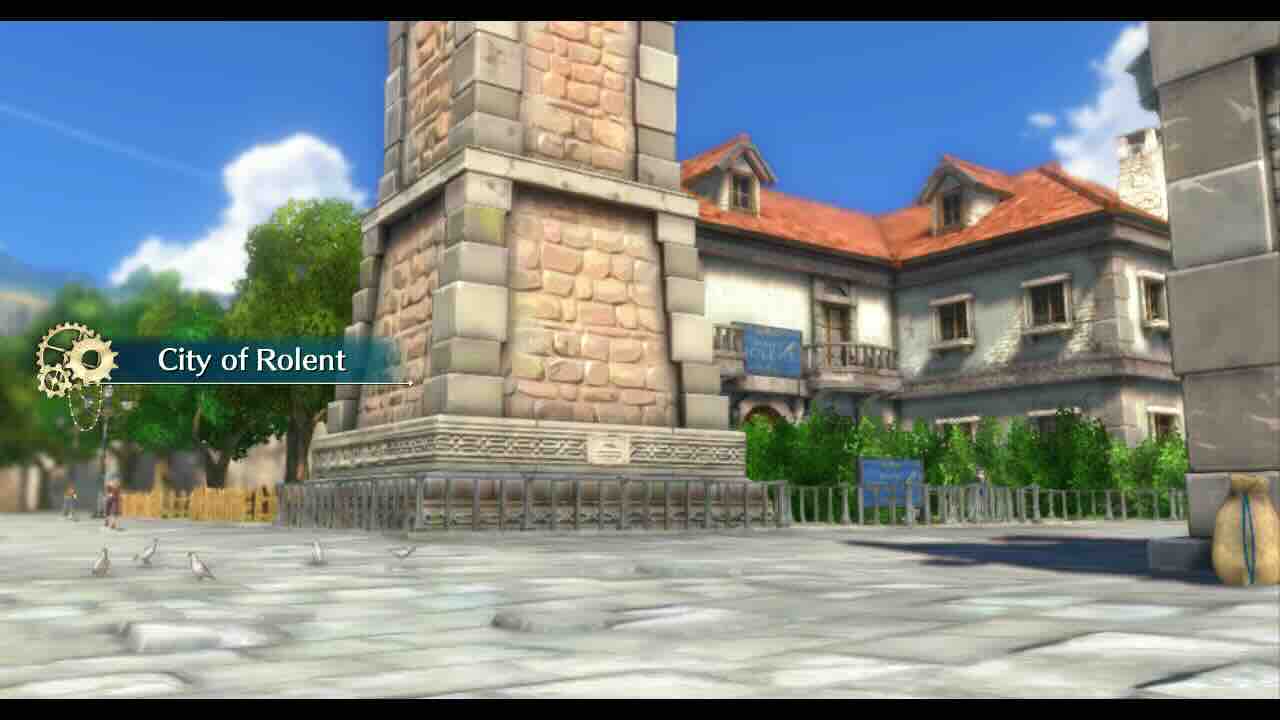
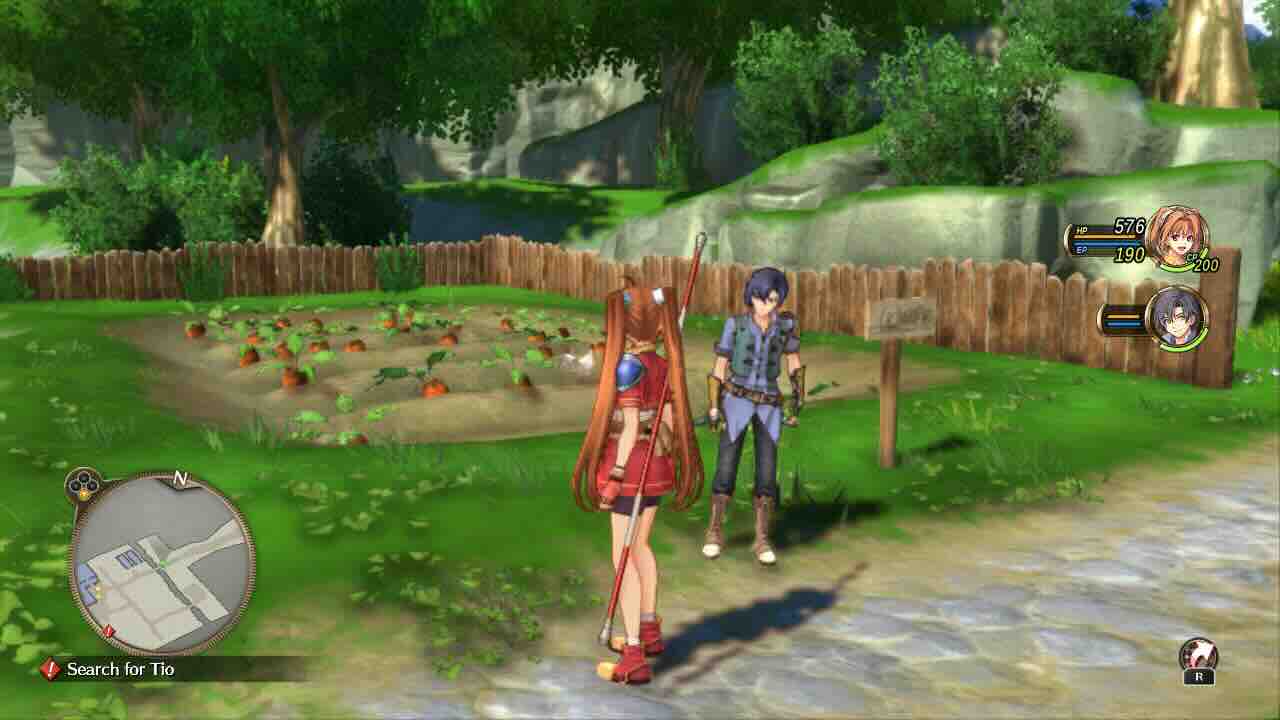
Cutscenes benefit from improved camera work and direction, making key moments feel more dynamic and impactful. Everything pops on the Switch OLED screen, and the game maintains its visual fidelity whether docked or handheld.
Three Soundtracks, One Game
One of the remake’s coolest features is the ability to swap between three different soundtracks on the fly: the new Standard OST, the Original, and the Arranged version from the PS Vita Evolution release. This level of respect for fan preference is admirable.
I primarily stuck with the new Standard tracks, which offer excellent production quality, but switched to the Arranged version during longer dungeons for variety. The ability to customize your audio experience adds a personal touch that’s rarely seen in remakes.
The English voice acting is solid, featuring recognizable talent from later Trails games. However, there are some inconsistencies where expected voice lines are missing—a known issue with this version that’s slightly disappointing but not game-breaking.
The Verdict
The Legend of Heroes: Trails in the Sky 1st Chapter is everything a remake should be. It preserves what made the original special while modernizing the experience for contemporary audiences. Yes, the pacing demands patience, and yes, that Turbo Mode button combo is annoying. But these are minor blemishes on an otherwise exceptional package.
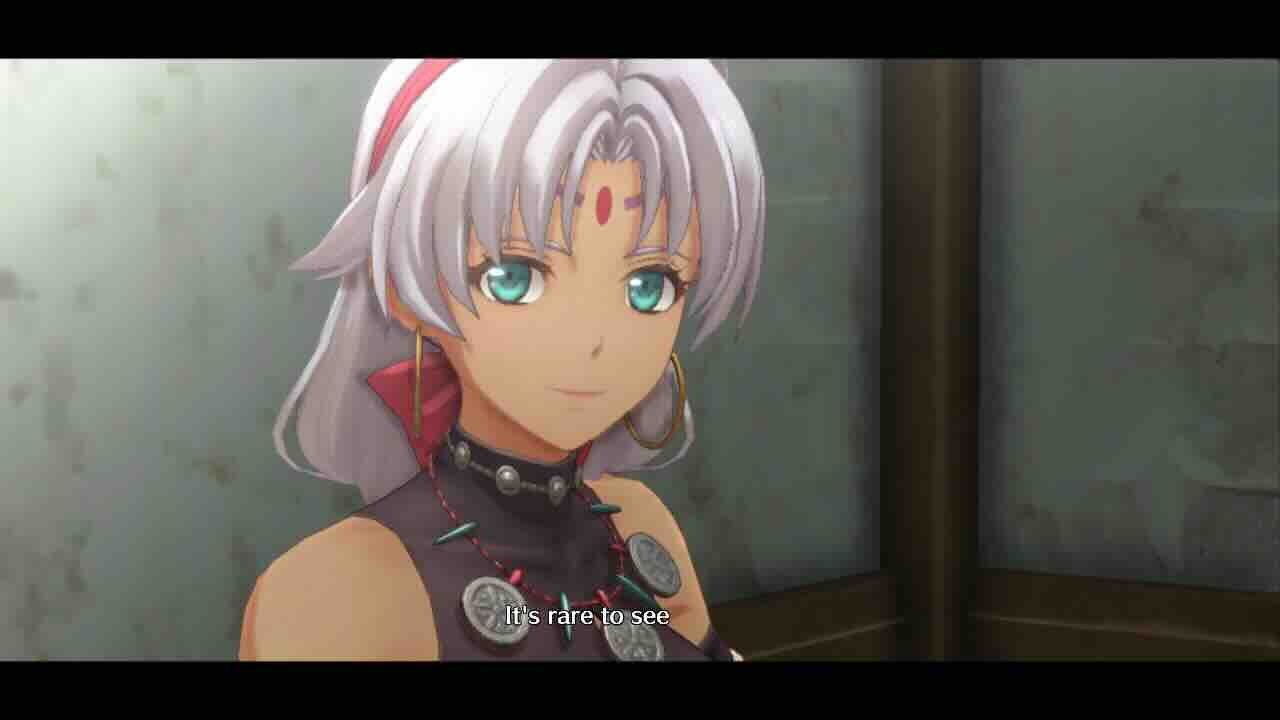
If you’ve been curious about the Trails series but intimidated by its age or complexity, this is your entry point. If you’re a veteran looking to revisit Liberl with fresh eyes, this remake delivers. The combination of stellar character writing, deep strategic combat, and meticulous world-building creates an experience that feels essential—the gold standard for how to remake a classic JRPG.



